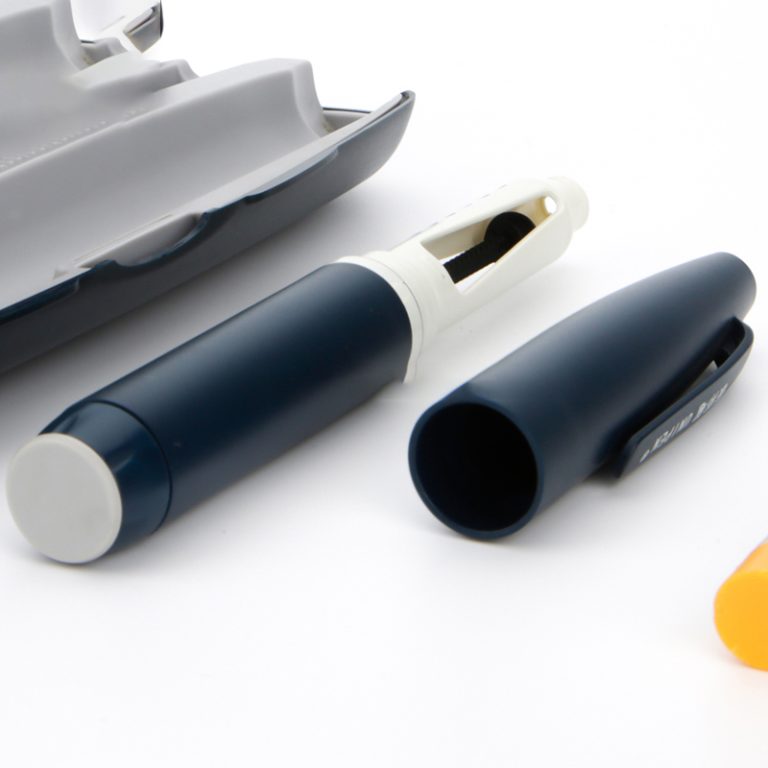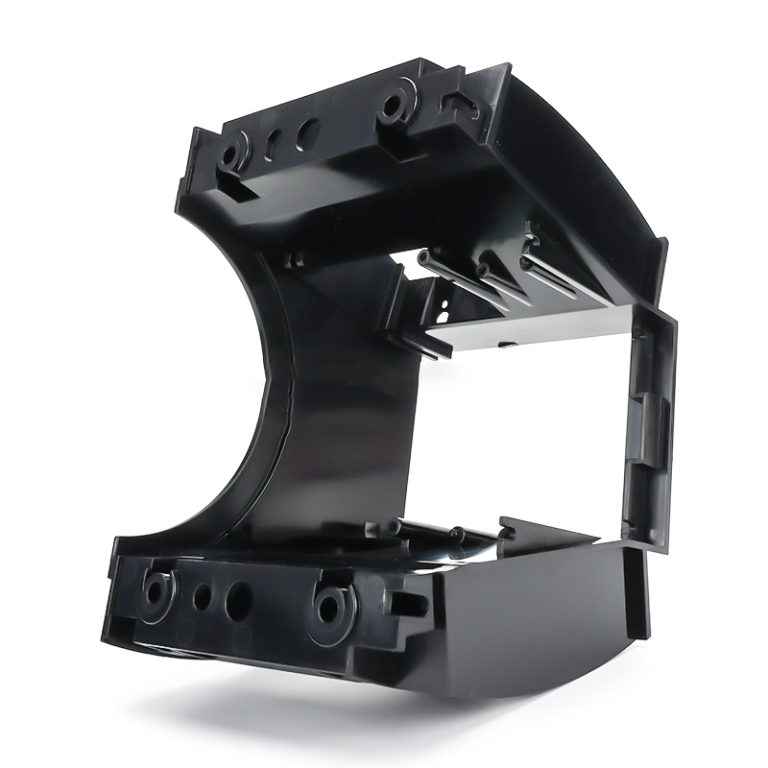Table of Contents
Exploring the Benefits of Automotive Plastic Parts Manufacturing Processes
The automotive industry has seen a dramatic shift in recent years towards the use of plastic parts in the manufacturing process. This shift has been driven by the numerous benefits that plastic parts offer, including cost savings, improved performance, and increased durability. In this article, we will explore the advantages of using plastic parts in automotive manufacturing processes and discuss how these benefits can be leveraged to improve the overall efficiency and quality of the production process.
One of the primary benefits of using plastic parts in automotive manufacturing is cost savings. Plastic parts are typically much cheaper to produce than metal parts, and they can be produced in large quantities with minimal effort. This cost savings can be passed on to the consumer, resulting in lower prices for the finished product. Additionally, plastic parts are often lighter than metal parts, which can reduce the overall weight of the vehicle and improve fuel efficiency.
Another advantage of using plastic parts in automotive manufacturing is improved performance. Plastic parts are often more resistant to wear and tear than metal parts, which can lead to improved reliability and longer life spans. Additionally, plastic parts are often more flexible than metal parts, which can allow for more intricate designs and improved performance.
Finally, plastic parts are often more durable than metal parts. This increased durability can lead to fewer repairs and replacements, resulting in lower maintenance costs over the life of the vehicle. Additionally, plastic parts are often more resistant to corrosion and other environmental factors, which can help to extend the life of the vehicle.
| Material selection | colour |
| PP/PC/ABS/PET/PEEK/ETC. | OEM/ODM |
Overall, the use of plastic parts in automotive manufacturing processes offers numerous benefits that can be leveraged to improve the efficiency and quality of the production process. By utilizing plastic parts, manufacturers can reduce costs, improve performance, and increase durability, all while providing consumers with a higher quality product.
Examining the Challenges of Automotive Plastic Parts Manufacturing Processes
The automotive industry is one of the most complex and competitive industries in the world. As such, it is constantly evolving and innovating to stay ahead of the competition. One of the most important aspects of this evolution is the manufacturing process of automotive plastic parts. While plastic parts offer many advantages over traditional metal parts, they also present a unique set of challenges that must be addressed in order to ensure the highest quality and most efficient production.
The first challenge of automotive plastic parts manufacturing is the complexity of the process. Plastic parts are typically made from a variety of different materials, each of which requires its own unique set of tools and processes. This complexity can lead to increased costs and longer production times, as well as a greater risk of errors and defects. Additionally, the plastic parts must be designed to meet the exact specifications of the vehicle, which can be a difficult and time-consuming task.

The second challenge is the cost of the materials used in the manufacturing process. Plastic parts are typically more expensive than metal parts, and the cost of the materials can quickly add up. Additionally, the cost of the tools and equipment used in the process can also be quite high. This can make it difficult for manufacturers to remain competitive in the market.
The third challenge is the environmental impact of the manufacturing process. Plastic parts are made from petroleum-based materials, which can have a negative impact on the environment. Additionally, the production process can generate a large amount of waste, which must be disposed of properly. This can add to the cost of production and can also have a negative impact on the environment.
Finally, the fourth challenge is the quality of the parts produced. Plastic parts must meet exacting standards in order to be used in vehicles, and any defects or errors can lead to costly recalls or other problems. Additionally, the plastic parts must be designed to withstand the rigors of the automotive environment, which can be a difficult task.
Overall, the challenges of automotive plastic parts manufacturing are significant. However, with the right tools, processes, and materials, these challenges can be overcome. By investing in the right technology and processes, manufacturers can ensure that their parts are of the highest quality and are produced in an efficient and cost-effective manner.





